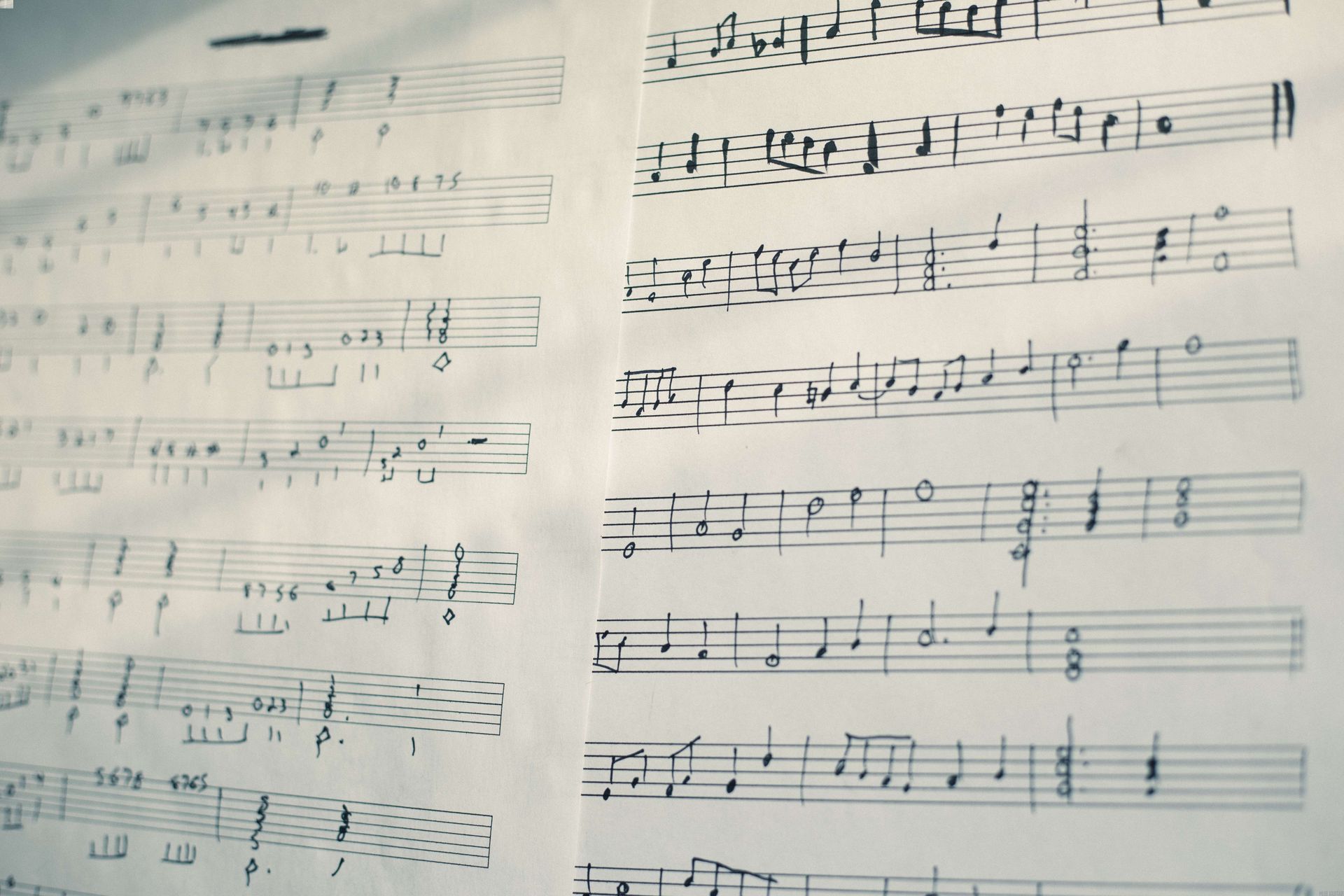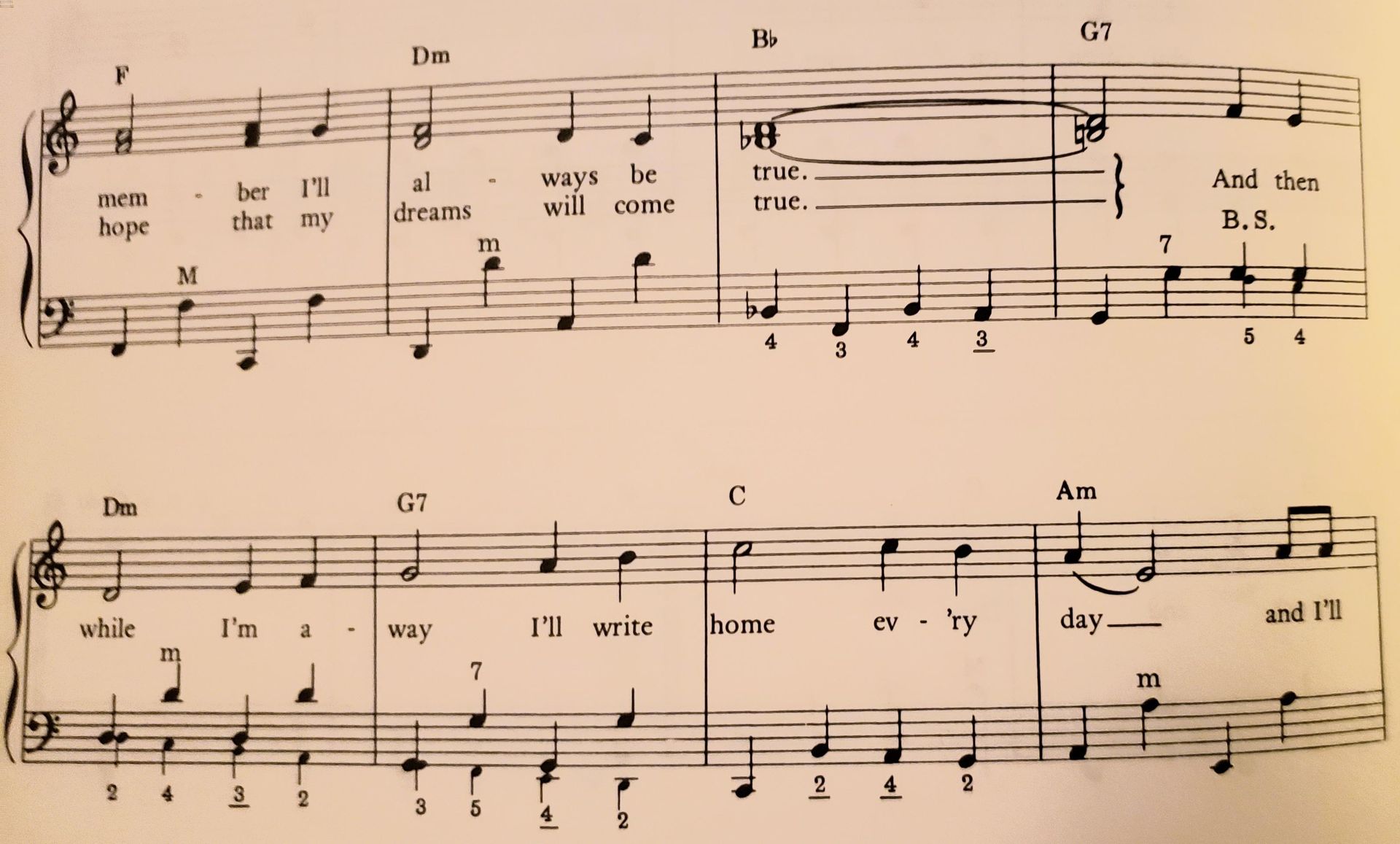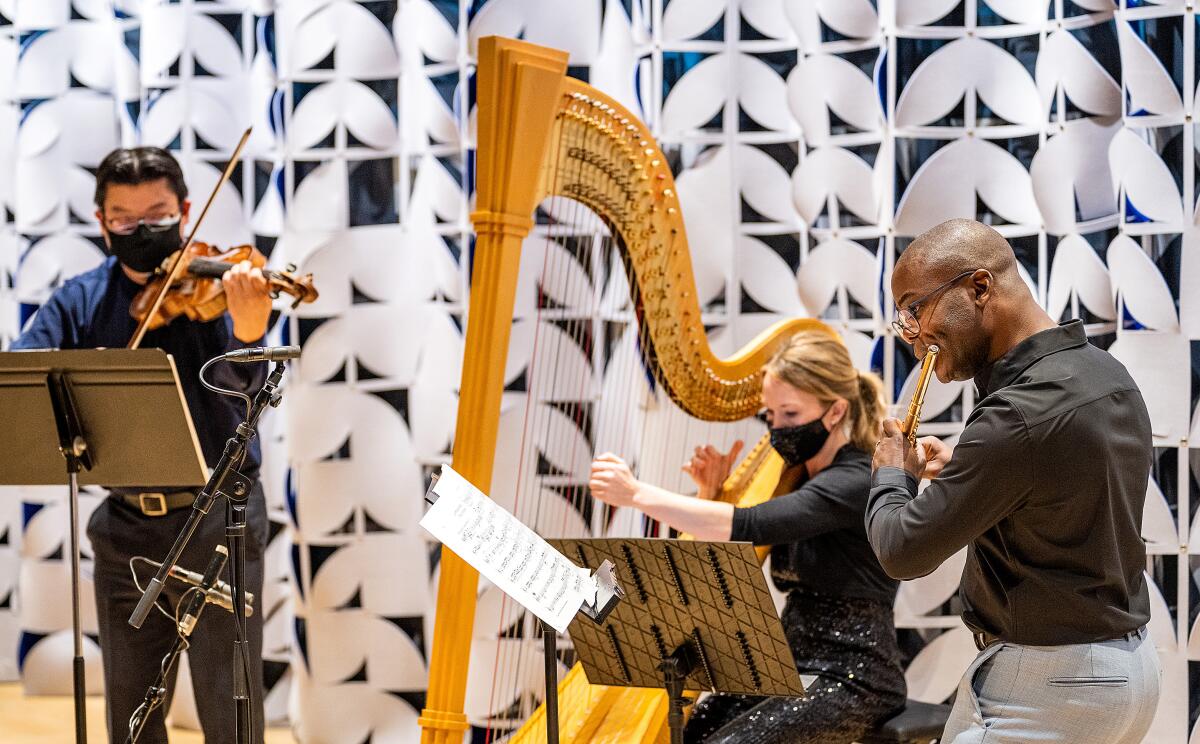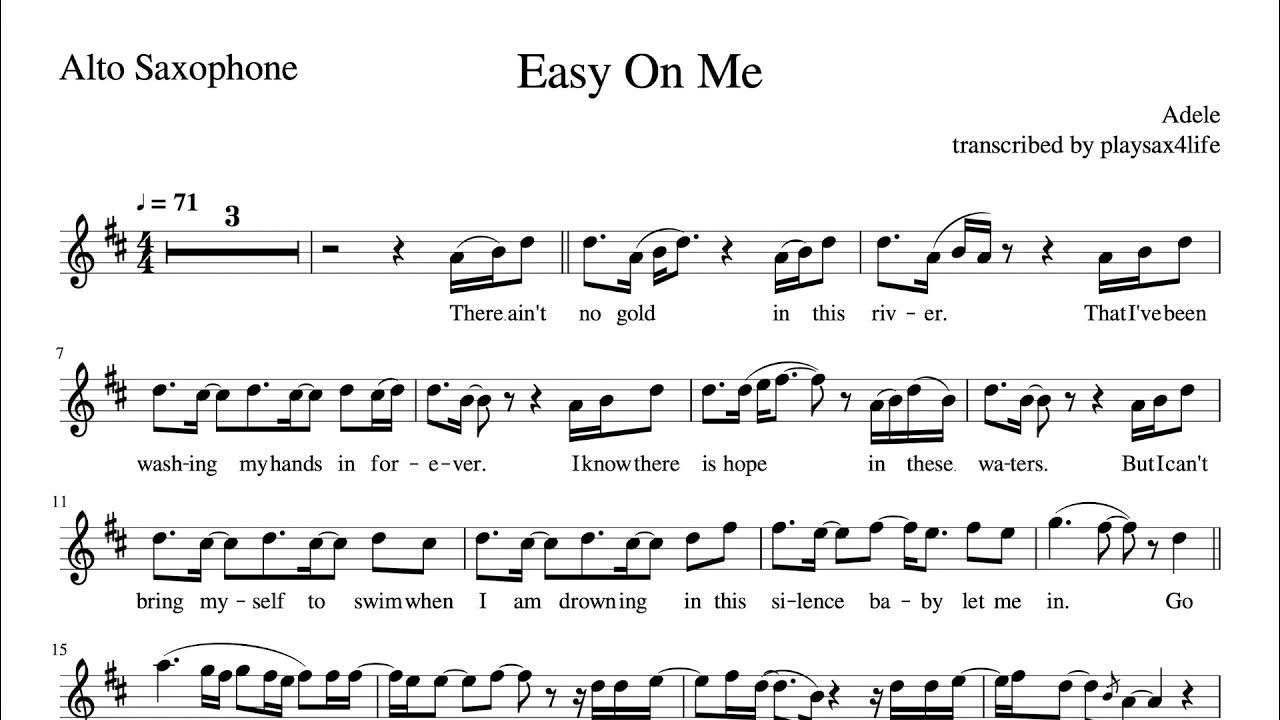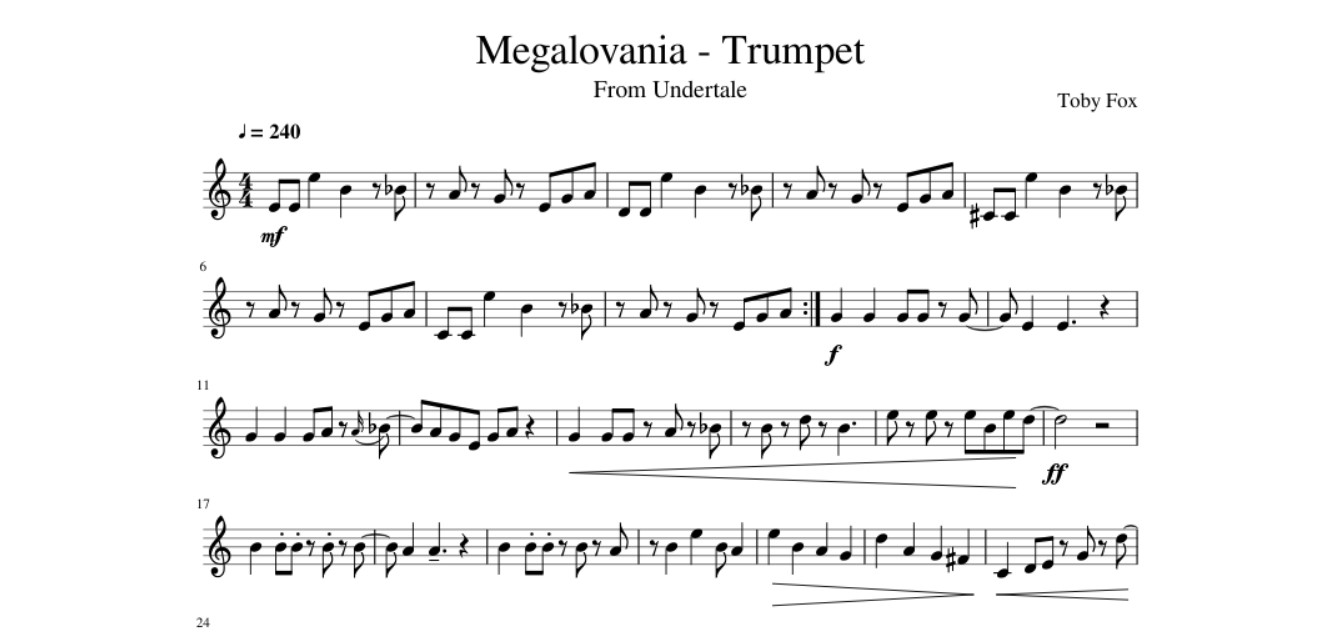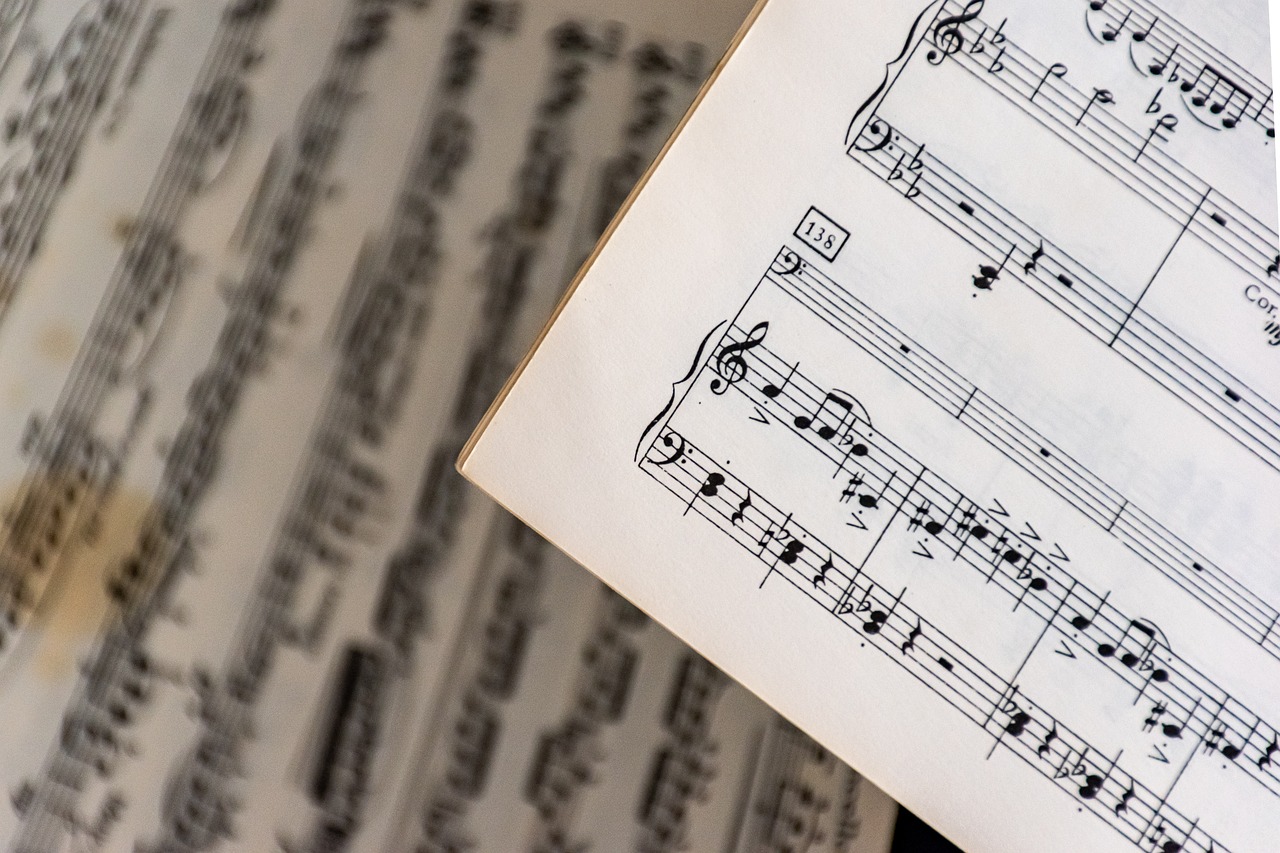Home>Production & Technology>Sheet Music>How To Read Sharps On Sheet Music
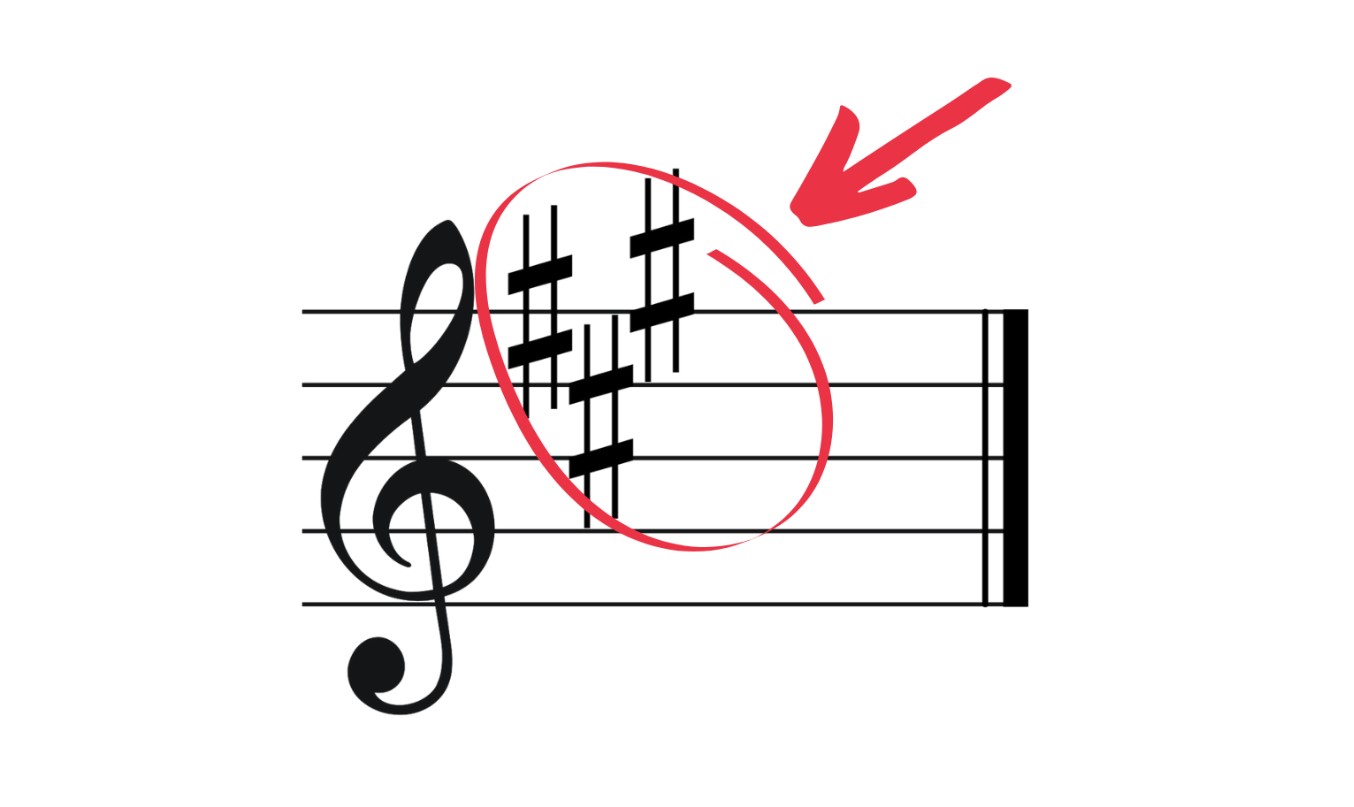

Sheet Music
How To Read Sharps On Sheet Music
Modified: January 22, 2024
Learn how to read sharps on sheet music with our comprehensive guide. Master the symbols and enhance your musical skills.
(Many of the links in this article redirect to a specific reviewed product. Your purchase of these products through affiliate links helps to generate commission for AudioLover.com, at no extra cost. Learn more)
Table of Contents
Introduction
Sheet music is a universal language that allows musicians to read and perform a wide range of musical compositions. It uses a combination of musical symbols, notations, and instructions to guide performers on how to play a particular piece of music. One crucial aspect of reading sheet music involves understanding the symbols used to indicate sharps.
Sharps modify the pitch of a note, raising it by a half step. They play a vital role in establishing the key of a musical composition and can significantly impact the overall sound and character of a piece. For aspiring musicians and music enthusiasts, having a solid understanding of sharps and how to read them on sheet music is essential.
In this article, we will delve into the basics of sheet music and explore the concept of sharps. We will discuss how to identify key signatures, read individual sharp notes, and apply sharps in musical notation. Additionally, we will provide some helpful tips and techniques to improve your proficiency in reading sharps on sheet music.
Whether you’re a beginner just starting out with sheet music or an experienced musician looking to refine your skills, understanding sharps and their role in musical notation is a fundamental step towards becoming a proficient and confident performer. So, let’s dive in and unravel the mysteries of reading sharps on sheet music!
Understanding the Basics of Sheet Music
Sheet music serves as a written representation of a musical composition. It includes various elements such as notes, rhythms, dynamics, and other symbols that guide musicians on how to perform the piece. Before diving into the specific details of reading sharps on sheet music, it’s essential to have a basic understanding of sheet music notation.
Sheet music is written on a set of horizontal lines called a staff. Each line and space on the staff represents a different pitch. The bottom line of the staff represents the lowest pitch, while the top line represents the highest pitch. Musicians read notes placed on the staff to determine which pitch to play or sing.
In addition to the staff, sheet music includes other symbols and notations that provide important instructions for interpretation. These may include dynamics, such as piano (soft) or forte (loud), articulations, indicating how the notes should be played, and time signatures, which provide information about the rhythmic structure of the composition.
Having a solid understanding of the basics of sheet music notation will greatly assist in reading and interpreting sharps, as they are a specific type of symbol used in musical notation.
Now that we have a foundation in sheet music basics, let’s explore the concept of sharps and their role in sheet music notation.
The Concept of Sharps in Sheet Music
Sharps are symbols used in sheet music to indicate that a note should be played a half step higher. They are denoted by a hashtag (#) placed next to a note on the staff. The addition of a sharp to a note alters its pitch, making it higher in tone.
Every musical composition is written in a specific key, which determines the arrangement of sharps and flats throughout the piece. The key signature, located at the beginning of a staff, indicates which notes should be played as either sharp or flat throughout the composition.
Understanding the concept of sharps is crucial in determining the key of a piece and allows musicians to accurately interpret the intended harmonies and melodies.
For example, if a piece is written in the key of G major, the key signature would consist of one sharp symbol on the staff. This sharp symbol applies to the note F, which is raised by a half step to become F# throughout the composition.
Sharps can also appear as accidentals, which are individual sharp symbols placed before a note within the music. These accidentals are temporary and affect only the note they precede. Accidentals can modify a note within a measure, overriding the key signature’s indications.
By understanding the concept and usage of sharps, musicians can accurately interpret the intended pitches and convey the musical intentions of the composer.
Next, let’s delve into how to identify the key signature, which is crucial in correctly interpreting sharps in sheet music.
Identifying the Key Signature
The key signature is a cluster of sharps or flats found at the beginning of a staff, right after the clef symbol. It indicates the key in which a piece of music is written and helps musicians determine which notes should be played as either sharp or flat throughout the composition.
To identify the key signature, it is important to first understand the order in which sharps are added to the staff. The order of sharps is as follows: F#, C#, G#, D#, A#, E#, B#.
One method to identify the key signature is to look at the last sharp symbol in the key signature. The note that corresponds to this last sharp symbol is the leading tone of the key, which is a crucial clue in determining the key signature.
For example, if the last sharp symbol in the key signature is F#, then the key is G major. This means that throughout the piece, every occurrence of the note F should be played as F#.
Another method to identify the key signature is to analyze the accidentals that appear in the music itself. If a note is consistently sharp or flat throughout the composition and there is no corresponding sharp or flat in the key signature, it indicates that the note is an accidental.
By correctly identifying the key signature, musicians can establish the tonality of the composition and consequently determine the appropriate sharps or flats that should be played throughout the piece.
Now that we understand how to identify the key signature, let’s move on to exploring how to read individual sharp notes on sheet music.
Reading Individual Sharp Notes
Reading individual sharp notes on sheet music requires an understanding of the staff and the placement of the sharp symbol. In sheet music, a sharp symbol (#) is placed before a note to indicate that it should be played a half step higher.
When a note is sharp, it is written on the line or space one step higher than its natural position on the staff. For example, if the note G is written on the second line of the staff, G# would be written on the space above the second line.
It’s important to note that sharp symbols apply to the note they precede throughout the measure in which they appear, unless there is a cancellation or a natural sign indicated.
When reading sheet music, take note of any sharp symbols written at the beginning of the piece as part of the key signature. These indicate which notes should be played as sharps consistently throughout the composition.
Additionally, watch out for accidentals, which are sharp symbols placed before a note within the music but are not part of the key signature. Accidentals modify the pitch of the note they precede specifically, only applying to the note they immediately precede and not any other instances of the same note.
When encountering a sharp note, it is crucial to adjust your playing accordingly and raise the pitch of the note by a half step. Take your time to decipher the placement of the sharp symbols on the staff and ensure you are playing the correct note.
Developing fluency in reading individual sharp notes takes practice and familiarity with the placement of the sharp symbols on the staff. The more you encounter and play sharp notes, the more natural it will become to interpret and perform them accurately.
Now that we have covered reading individual sharp notes, let’s explore how sharps are applied in musical notation.
Applying Sharps in Musical Notation
Sharps are an integral part of musical notation, and understanding how they are applied is crucial for accurately interpreting and performing a piece of music. Sharps can appear in two ways: as part of the key signature or as accidentals within the music itself.
When sharps are included as part of the key signature, they indicate which notes should be played as sharps consistently throughout the composition. The sharp symbols are placed on the staff at the beginning of a piece, right after the clef symbol. These sharps remain in effect for the entire composition, unless canceled by a natural sign or modified by another accidental.
For example, in the key of A major, the key signature consists of three sharps: F#, C#, and G#. Throughout the piece, every occurrence of these notes is played as a sharp, regardless of whether or not a sharp symbol appears before the note in the music itself.
On the other hand, accidentals are sharp symbols that appear within the music but are not part of the key signature. Accidentals modify the pitch of a note for the specific instance in which they appear, overriding the key signature indications for that moment only.
When a sharp accidental is encountered, the note immediately following the sharp symbol is played as a sharp until the end of the measure, unless canceled by a natural sign or modified by another accidental.
It is vital to pay close attention to the placement of sharp symbols and accidentals in the sheet music to accurately interpret the intended pitches. Take note of any changes in sharp markings throughout the piece and make the necessary adjustments to your playing accordingly.
Mastering the application of sharps in musical notation requires practice and familiarity with different key signatures and accidental markings. The more you encounter and play pieces with sharps, the more comfortable you will become in understanding and executing them effectively.
Now that we have explored how sharps are applied in musical notation, let’s move on to some helpful tips and techniques for reading sharps on sheet music.
Tips and Techniques for Reading Sharps
Reading sharps on sheet music can sometimes be challenging, especially for beginners. However, with practice and the application of some helpful tips and techniques, you can improve your proficiency in reading sharps and become a more confident musician. Here are some suggestions to enhance your ability to read sharps:
- Master the order of sharps: Memorize the order in which sharps are added to the key signature: F#, C#, G#, D#, A#, E#, B#. This will help you quickly identify the key of a piece.
- Identify key signatures: Learn to recognize common key signatures and their corresponding sharps. Familiarize yourself with the key signatures for major and minor scales.
- Practice sight-reading sharps: Work on sight-reading exercises that specifically focus on reading sharps. Start with simple melodies and gradually increase the difficulty level as you become more comfortable.
- Pay attention to accidentals: Keep an eye out for sharp accidentals within a piece. Remember that accidentals modify the pitch of a note for that specific instance and apply until the end of the measure, unless canceled by a natural sign.
- Study key signature charts: Use key signature charts as a reference tool to reinforce your understanding of which notes are naturally sharp or flat in each key.
- Use fingerings as a guide: When reading sharp notes on instruments like piano or guitar, refer to fingerings to ensure you are playing the correct note. Proper fingerings can help you navigate the sharp notes more easily.
- Listen to recordings: Listen to recordings of music pieces that incorporate sharps. This will help develop your ear and reinforce the connection between the written notation and the sound of the sharp notes.
- Practice with a metronome: Use a metronome to maintain a steady tempo as you practice reading and playing sharp notes. This will help improve your accuracy and rhythmic interpretation.
- Seek guidance from a teacher: If you’re struggling with reading sharps, consider working with a music teacher who can provide personalized guidance and exercises to help you improve.
Remember, reading sharps on sheet music requires practice, patience, and a keen eye for detail. With consistent effort and the application of these tips and techniques, you will enhance your ability to read sharps and navigate through music compositions with ease.
Now, let’s summarize what we have covered in this article.
Conclusion
Reading sharps on sheet music is an essential skill for any musician. It allows you to accurately interpret the intended pitches and play a piece of music as the composer intended. By understanding the basics of sheet music, the concept of sharps, identifying key signatures, reading individual sharp notes, and applying sharps in musical notation, you can enhance your proficiency in reading and performing music compositions that involve sharps.
Throughout this article, we have explored the fundamentals of sheet music notation and how sharps play a crucial role in indicating pitch modification. We discussed the concept of sharps as symbols that raise a note’s pitch by a half step, and how they are represented in both the key signature and as accidentals within the music.
We also provided tips and techniques to improve your reading of sharps, such as mastering the order of sharps, identifying key signatures, practicing sight-reading exercises, paying attention to accidentals, and using fingerings as a guide. Additionally, we emphasized the importance of listening to recordings, using a metronome, and seeking guidance from a music teacher to enhance your skills.
Remember, reading sharps on sheet music is a skill that develops over time with practice. The more you expose yourself to different compositions and engage in regular practice sessions, the more comfortable and confident you will become in deciphering and performing sharps.
So, whether you’re a beginner starting your musical journey or an experienced musician seeking to refine your skills, understanding and accurately reading sharps on sheet music is an invaluable tool that opens up a world of musical possibilities.
Keep practicing, stay attentive to the details, and let the sharps guide you as you bring beautiful music to life!




